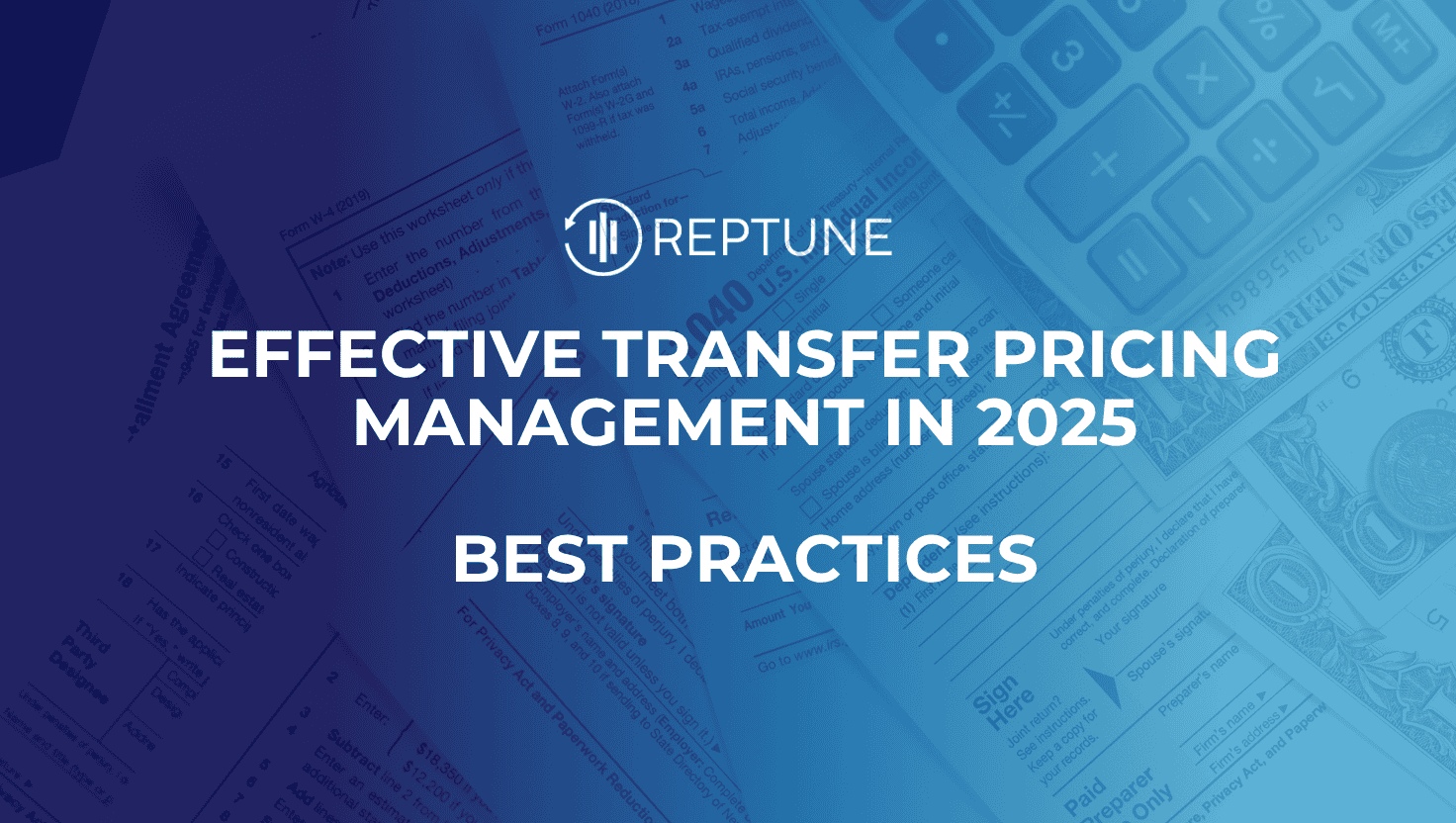
As international tax regulations tighten, managing Transfer Pricing (TP) documentation effectively is more critical than ever for multinational enterprises (MNEs). With increasing scrutiny from tax authorities, especially in major tax jurisdictions like the United States, companies must adopt clear strategies to align with OECD transfer pricing guidelines. Proper planning helps manage intercompany transactions, maintain transparency, and minimize transfer pricing risk.
At the foundation of cross-border pricing lies the arm’s length principle, which states that controlled transactions between affiliated companies must reflect conditions that would apply between independent parties. Several key transfer pricing methods are used to determine appropriate pricing:
Choosing the correct method requires a deep understanding of party transactions and economic conditions. These techniques form the basis for fair allocation of tax liabilities across regions.
Maintaining accurate and complete records is essential. TP documentation requires a structured approach that typically includes three core components:
Well-prepared files allow tax authorities to assess if your practices align with the arm length pricing principle and help defend against any transfer pricing adjustment during audits.
A thorough analysis of functions, assets, and risks—also known as a FAR analysis—is crucial to justify profit allocation within an MNE. This process identifies which entities perform development, enhancement, maintenance, protection, and exploitation of assets (DEMPE). A strong FAR analysis supports your choice of transfer pricing method and helps confirm that controlled transactions are priced fairly.
Establishing defensible prices relies on identifying comparable uncontrolled transactions. This is central to the comparable uncontrolled price method and also supports other techniques. Benchmarking must account for geographical, market, and operational differences to ensure alignment with the arm’s length principle. It also plays a significant role in reducing transfer pricing risk by validating pricing assumptions used in documentation.
Using TP documentation software like Reptune can simplify and enhance documentation and risk management. These platforms automate report generation (including the Master File and Local File), perform real-time FAR assessments, and flag potential compliance gaps across multiple tax jurisdictions. For businesses with high volumes of intercompany transactions, such technology provides scalability and consistency, ensuring timely and accurate submissions.
An APA establishes in advance an acceptable transfer pricing method for specific transactions. Particularly useful for high-value or complex party transactions, APAs minimize future transfer pricing adjustments and reduce uncertainty. In regions like the United States, they also help demonstrate good-faith compliance with local tax laws and reduce the likelihood of disputes with tax authorities.
Managing pricing consistently across diverse markets requires a global policy. This framework should define the processes for TP documentation, FAR analysis, benchmarking, and transfer pricing adjustments. Clear internal guidance ensures that controlled transactions meet legal expectations and reduces reliance on reactive fixes. A centralized approach also simplifies training and improves internal audit readiness.
The global tax landscape is evolving rapidly. Businesses must remain informed of updates to the OECD transfer pricing guidelines, national tax laws, and specific TP documentation formats required by different countries. For instance, the EU’s Public CbCR initiative and Pillar Two measures will impact tax liabilities and documentation timelines across many jurisdictions. Regular updates to internal policies are essential to keep practices compliant and current.
Mastering effective pricing strategies for related-party dealings is essential in today’s international business environment. By focusing on accurate documentation, utilizing smart transfer pricing software, selecting the right transfer pricing method, and aligning with the arm’s length principle, companies can reduce audit exposure and ensure their pricing complies with evolving global standards.
